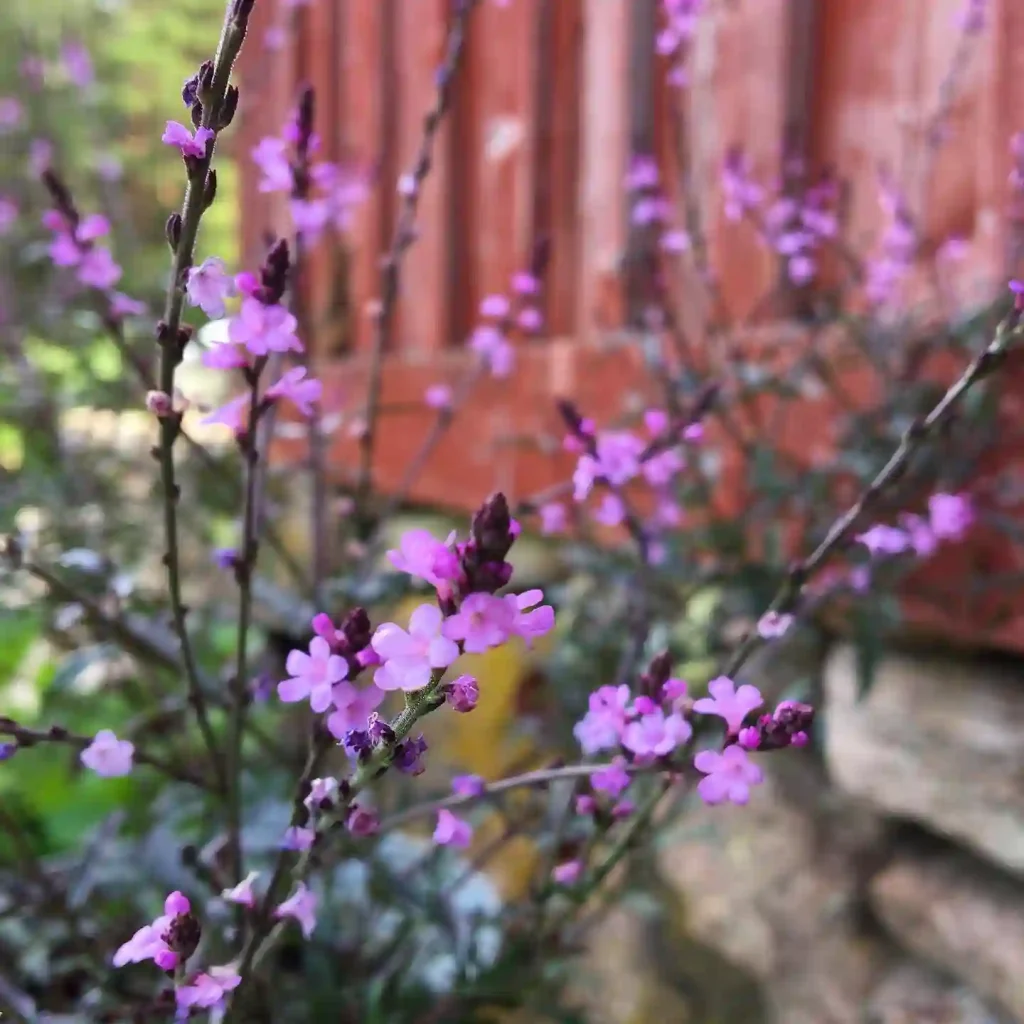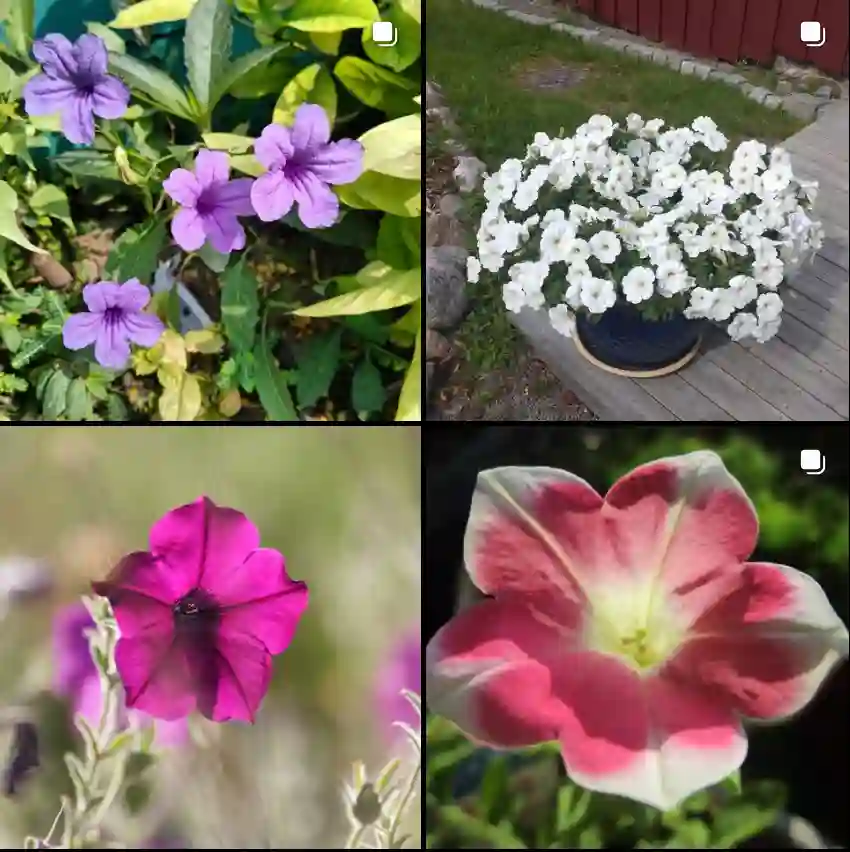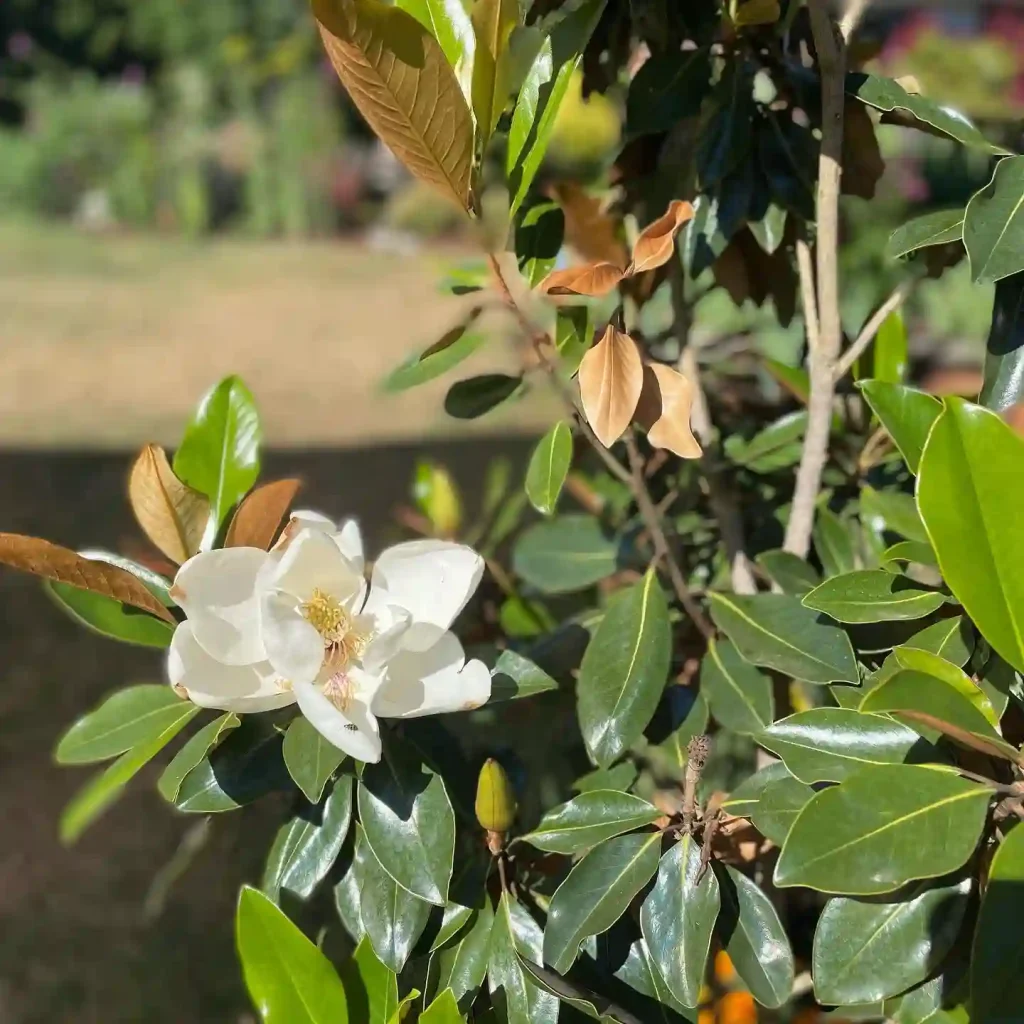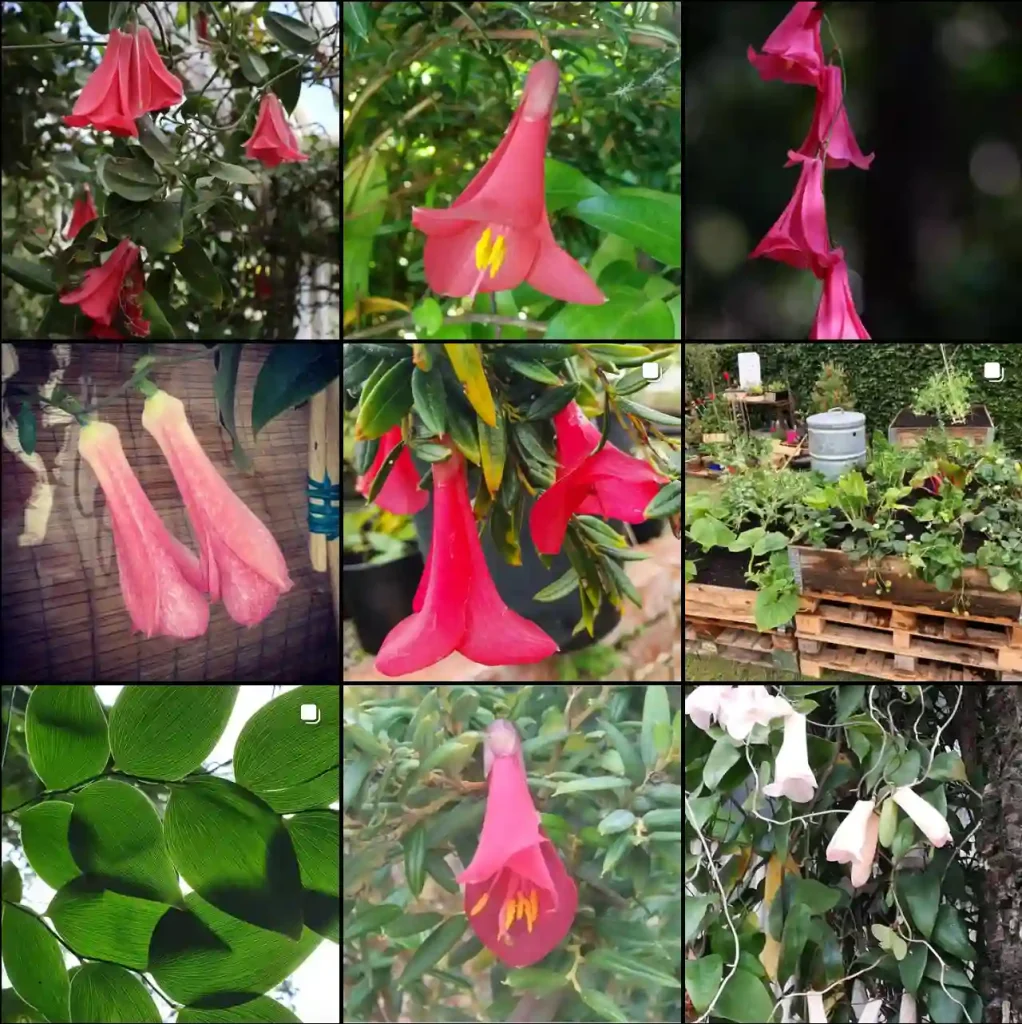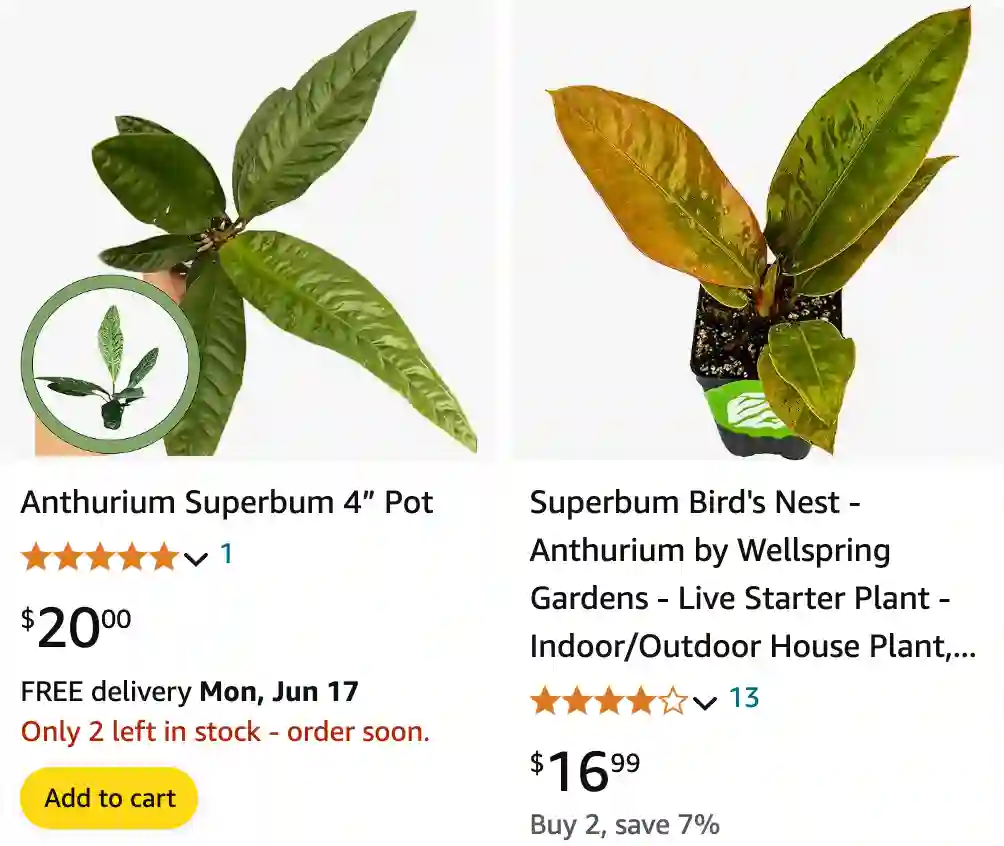
1. Introduction to Anthurium Superbum: The Majestic Rosette
1.1. What is Anthurium superbum?
The Anthurium superbum is a vibrant and widely popular species within the Anthurium genus, instantly recognizable by its exceptionally distinct and majestic foliage. It is primarily characterized by its large, broad, stiff, and often corrugated (pleated or wavy-edged) leaves that grow in a unique upright rosette or bird’s nest habit from a central point. These impressive leaves, which can reach substantial sizes, create a dramatic and architectural presence, earning it common names like ‘Bird’s Nest Anthurium’. Native to the humid tropical rainforests of Ecuador, it is a terrestrial Aroid that brings an exotic and opulent aesthetic to any indoor plant collection, making it a favorite for both experienced and new plant owners due to its relatively easy care.
1.2. Reasons for its Appeal
Anthurium superbum captivates plant enthusiasts for several compelling reasons:
- Distinctive Rosette Growth: Its bird’s nest-like growth habit is visually appealing and creates a striking, self-contained display, making it a great floor or tabletop statement plant.
- Unique Leaf Shape & Texture: Its broad, stiff, and often wavy or corrugated leaves provide significant visual impact and tropical flair.
- Imposing Presence: Its sheer size and striking form give it a commanding presence in any display.
- Relatively Easy Care: Despite its impressive appearance, it is considered a relatively easy-care plant, making it suitable for a wide range of growers.
- Lush, Tropical Aesthetic: It brings an immediate dense, jungle-like feel to any interior.
2. Origins and Distinguishing Characteristics
2.1. Native Habitat
Anthurium superbum is indigenous to the tropical rainforests of Ecuador. In its natural environment, it typically grows terrestrially on the forest floor, often in the understory, or sometimes as a lithophyte (on rocks). It thrives in conditions of consistent high humidity, moderate to warm temperatures, and dappled or filtered sunlight. It utilizes its robust roots to anchor itself and absorb moisture and nutrients from the rich, organic forest floor. Understanding these native conditions is crucial for replicating an ideal indoor growing environment.
2.2. Leaf Morphology and Texture
The leaves of Anthurium superbum are its most defining characteristic. They are:
- Size: Large and broad, capable of reaching significant dimensions (e.g., up to 2-3 feet long) in optimal conditions.
- Shape: Broadly elliptical to oblong, with a rounded apex and a generally flat base (though lacking a distinct sinus). What truly sets them apart is their prominent, often corrugated, pleated, or wavy margins, giving them a stiff, almost plastic-like feel.
- Color & Texture: A rich, deep green, typically with a glossy or semi-glossy surface. The midrib and primary veins are prominent, and the overall texture is stiff and rigid, contributing to its architectural form.
- The leaves are generally entire (undivided) and grow in an upright, compact rosette.
2.3. Growth Habit and Rate
Anthurium superbum is primarily a terrestrial Aroid that grows in an upright rosette or bird’s nest growth habit. It forms a compact, upright clump of leaves from a central base, which gradually expands outwards. Unlike vining Anthuriums or Philodendrons, it does not climb vertically with aerial roots. Its leaves grow densely together, giving it a lush, full, and self-contained appearance. Its growth rate is generally moderate under optimal conditions, gradually unfurling new leaves that slowly achieve their impressive size and characteristic corrugation.
2.4. Toxicity
Like most other Anthurium species, Anthurium superbum is considered toxic to pets (cats, dogs) and humans if ingested. It contains calcium oxalate crystals, which can cause irritation and swelling of the mouth, throat, and digestive tract, leading to discomfort, vomiting, and difficulty swallowing. It is advisable to keep this plant out of reach of pets and small children.
2.5. Comparison to Similar Anthurium Species (Hookeri, Plowmanii, Veitchii)
Anthurium superbum is distinctive due to its combination of large, broad, stiff, and often corrugated leaves, and its upright bird’s nest growth habit. It is often compared to Anthurium hookeri due to their similar common name and growth form, and other large-leafed Anthurium varieties.
- Anthurium superbum: Characterized by large, broad, stiff, corrugated/wavy-edged leaves growing in an upright, bird’s nest rosette. Its leaves are typically very rigid and textured.
- Anthurium hookeri (Bird’s Nest Anthurium): Shares the bird’s nest rosette growth habit and broad, ripple-edged leaves. However, A. hookeri‘s leaves are generally less stiff and less deeply corrugated than A. superbum, often having a smoother, more flexible texture. Variegated forms exist.
- Anthurium veitchii (King Anthurium): Features exceptionally long, broad, and deeply corrugated (pleated) leaves. While also corrugated, its leaves are typically more elongated and less broadly rounded, and it tends to be an epiphytic climber rather than a terrestrial rosette-former.
- Philodendron plowmanii: While also having large, textured/ruffled leaves, P. plowmanii is a terrestrial, creeping Philodendron, not an Anthurium, and its overall growth habit (crawling vs. upright rosette) and leaf shape/texture are distinctly different.
The unique combination of its large, broad, stiff, and distinctly corrugated leaves, along with its compact, upright bird’s nest rosette growth habit, clearly distinguishes Anthurium superbum.
3. Comprehensive Care Guide: Nurturing Your Majestic Bird’s Nest Anthurium
Cultivating a thriving Anthurium superbum demands consistent and precise care to highlight its exquisite foliage and impressive size, mimicking its tropical ancestry. It is considered a relatively easy-care plant for its size and unique features.
Table 1: Quick Care Guide for Anthurium Superbum
| Care Factor | Requirement Description |
|---|---|
| Light | Bright, indirect sunlight. Avoid harsh direct sun. |
| Temperature | Ideal range: 18-27°C (65-80°F). Avoid sudden changes. |
| Humidity | High humidity (60% or more) preferred. Essential for pristine leaves. |
| Watering | Keep soil slightly moist but not soggy. Water when top 1 inch of soil feels dry. Ensure good drainage. Avoid overwatering. |
| Soil | Well-draining, airy, chunky potting mix (aroid mix: orchid bark, perlite, coco coir, peat moss). |
| Fertilization | Balanced liquid fertilizer, diluted, every 4-6 weeks in spring/summer. Withhold in fall/winter. |
| Pruning | Remove old/damaged leaves. Minimal pruning for shape. |
| Repotting | Every 1-2 years, or when root-bound, in spring. Increase pot size slightly. |
| Support | Not typically needed (rosette growth). |
3.1. Light Requirements
Bright, indirect sunlight is paramount for Anthurium superbum to maintain its striking foliage and promote healthy growth. Place your plant near a window that receives plenty of ambient light but is shielded from harsh direct sunbeams, especially during the midday and afternoon hours. An east or north-facing window is often ideal. For south or west-facing windows, use sheer curtains to filter the light or place the plant a few feet away from the window. Avoid harsh, direct sun that can easily scorch its leaves, leading to unsightly brown spots and potentially dulling its unique texture. Conversely, insufficient light can lead to slower growth, smaller leaves, and less prominent corrugation. Regularly rotating the plant ensures even light exposure and balanced growth.
3.2. Temperature and Humidity
As a plant from warm, highly humid tropical rainforests, Anthurium superbum prefers consistently warm temperatures, ideally ranging from 18-27°C (65-80°F). It’s crucial to protect it from cold drafts and sudden temperature changes, as temperatures below 15°C (59°F) can stress the plant, halt growth, and cause leaf damage. Maintain a room temperature between 65-80°F (18-27°C) and avoid sudden temperature changes.
High humidity (60% or more) is preferred by Anthurium superbum. Optimal growth and pristine leaf appearance, especially for new leaves to unfurl without damage, are achieved with higher moisture levels. Signs of insufficient humidity might include crispy brown leaf edges or tips. You can increase humidity by using a room humidifier. Grouping the plant with other humidity-loving plants or placing its pot on a pebble tray filled with water (ensuring the pot itself doesn’t sit in the water) can also help create a more humid microclimate. Misting the leaves regularly with filtered or distilled water can also be helpful.
3.3. Watering Practices
Proper watering is critical for Anthurium superbum. The soil should be consistently moist but not waterlogged. Keep the soil slightly moist but not soggy. Water thoroughly when the top 1 inch (2.5 cm) of soil feels dry to the touch. Ensure that the pot has excellent drainage holes and that any excess water drains out completely from the bottom. Never allow the plant to sit in standing water, as this is the primary cause of root rot. Overwatering is a common issue for this plant.
The frequency of watering will depend on environmental factors like light, temperature, and humidity, as well as the pot size and soil mix. Expect to water more often during the warmer, active growing months (spring and summer), typically about once a week. During the cooler, dormant months of fall and winter, reduce watering frequency significantly, allowing the soil to dry out more thoroughly between waterings.
3.4. Optimal Soil Mix and Repotting
A well-draining, airy, and chunky potting mix is essential for Anthurium superbum. This mimics the loose, organic matter it would find in its native terrestrial environment. An ideal mix should promote good aeration while retaining sufficient moisture. A suitable blend, often referred to as an “aroid mix,” can include:
- High-quality potting mix (e.g., coco coir or peat moss)
- Orchid bark (approximately 30-40%) for excellent aeration and chunkiness
- Perlite or pumice (approximately 20-30%) to improve drainage and prevent compaction
- Horticultural charcoal (optional, smaller amounts) for moisture retention and impurity absorption
Repotting: Repot your Anthurium superbum typically every 1-2 years, or when you notice it has become root-bound (roots growing out of drainage holes, water running straight through the pot too quickly, stunted growth). Spring is the best time to repot. Choose a new pot that is only slightly larger (e.g., 1-2 inches larger in diameter) than the previous one, ensuring it has ample drainage.
3.5. Fertilization Strategies
During the growing season (spring and summer), fertilize your Anthurium superbum every 4-6 weeks with a balanced liquid fertilizer, diluted to half strength. This provides the necessary nutrients to support vigorous growth and maintain its lush foliage and unique texture. Reduce or completely stop fertilizing during the fall and winter months when the plant’s growth naturally slows. Over-fertilization can lead to salt buildup in the soil, which can burn the roots and cause leaf damage (e.g., crispy brown tips). Always water the plant thoroughly before applying fertilizer to protect the roots.
3.6. Pruning and Maintenance
Regular pruning is beneficial for Anthurium superbum to maintain its appearance and remove any unhealthy foliage. Remove any yellowing, brown, or dead leaves using clean, sharp scissors or pruning shears. Pruning can be done during the active growing season. Regularly wipe the leaves gently with a damp cloth to remove dust, which improves the plant’s ability to photosynthesize and keeps the unique corrugated texture prominent. As a rosette-forming plant, it does not typically require vertical support.
4. Propagation Techniques: Expanding Your Collection
Propagating Anthurium superbum is possible, though it can be challenging and often requires patience. The most common and effective method is through division or stem cuttings. The best time for propagation is during the spring or early summer when the plant is actively growing.
4.1. Division (for mature plants)
For larger, mature plants, division is an effective method during repotting. Gently separate sections of the plant, ensuring each new section has healthy roots and foliage attached, and then pot them up individually in well-draining aroid mix.
4.2. Stem Cuttings
- Select a Healthy Stem: Choose a healthy, mature stem section that has at least one node (the point where a leaf emerges from the stem) and preferably one or two healthy leaves.
- Sterilize Tools: Always use clean, sharp, and sterilized pruning shears or a knife to make your cuts. This prevents the spread of diseases.
- Make the Cut: Cut the stem just below a node. Remove any lower leaves that would be submerged in your chosen rooting medium to prevent rot.
- Rooting Hormone (Optional): Applying a rooting hormone (powder or gel) to the cut end can stimulate faster and more robust root development.
- Rooting Medium Options:
- Water Propagation: Place the cutting in a clear jar with fresh, filtered water, ensuring the node is fully submerged. Change the water every few days to keep it clean and prevent bacterial growth. Roots typically begin to form within several weeks.
- Sphagnum Moss: Plant the cutting in moist, but not soggy, sphagnum moss. This medium provides excellent aeration and moisture retention, often leading to robust root development.
- Aroid Soil Mix: You can also plant the cutting directly into a small pot filled with a well-draining, airy aroid potting mix. Keep the soil consistently moist but not soggy.
- Provide Optimal Environment: Place your cuttings in a warm location that receives bright, indirect light. High humidity (e.g., within a propagation box or covered with a clear plastic bag to create a mini-greenhouse effect) will significantly accelerate the rooting process and help new leaves unfurl.
- Potting Up: Once the roots are a few inches long (for water or moss propagation), or significant new leaf growth is visible (for soil propagation), your new plant is ready to be transitioned to a larger pot with its permanent potting mix. Be gentle to minimize transplant shock.
5. Troubleshooting Common Issues: Pests, Diseases, and Environmental Stress
While generally considered a relatively easy-care plant, Anthurium superbum can encounter a few common problems if its specific care requirements are not met. Prompt identification and action are crucial for maintaining its health.
Table 2: Common Problems & Troubleshooting for Anthurium Superbum
| Problem | Symptoms | Solutions/Treatment |
|---|---|---|
| Yellowing Leaves | Older, lower leaves turning yellow. | Overwatering (most common), insufficient light, nutrient deficiency, natural aging. Adjust watering, fertilize, check roots for rot. |
| Brown Crispy Edges/Tips | Leaves browning and feeling crispy at edges. | Low humidity (most common), underwatering, direct sun exposure, mineral build-up from tap water. Increase humidity, adjust watering, use filtered water, move to indirect light. |
| Drooping Leaves | Leaves losing turgor, looking limp. | Underwatering (most common), severe overwatering (root rot), cold shock. Check soil moisture, inspect roots, ensure warmth. |
| Stunted Growth/Smaller Leaves/Less Corrugated | Slow growth, new leaves are smaller or lack typical ribbed texture. | Insufficient light, nutrient deficiency, root-bound. Provide brighter light, fertilize, repot. |
| New Leaves Sticking/Tearing | New leaves struggle to unfurl, get stuck, or tear. | Low humidity (most common). Increase humidity. |
| Pest Infestations | Visible pests (mealybugs, spider mites, thrips, scale), sticky residue, distorted growth. | Isolate plant, treat with insecticidal soap, neem oil, or appropriate pesticides. |
| Root Rot | Mushy stem base, black/brown, foul-smelling roots, yellowing/wilting. | Overwatering, poor drainage. Repot, trim rotten roots, improve drainage, reduce watering. |
| Fungal Leaf Spot | Various spots on leaves (e.g., brown spots). | Improve air circulation, reduce humidity if too high, remove affected leaves. Fungicides if severe. |
5.1. Watering Issues
- Overwatering: This is a common cause of problems. Symptoms include yellowing leaves (particularly older, lower ones), black/brown spots on leaves, a mushy stem base, and a foul, moldy smell from the soil. This eventually leads to root rot.
- Solution: Allow the top 1 inch (2.5 cm) of soil to dry out between waterings. Ensure the pot has excellent drainage. If root rot is suspected, unpot the plant, trim any rotted, mushy roots, and repot in fresh, well-draining soil. Reduce watering frequency. Keep the soil slightly moist but not soggy.
- Underwatering: Symptoms include drooping or curled leaves, crispy brown edges or tips, and overall dull foliage. The plant may visibly droop when thirsty.
- Solution: Increase watering frequency. Ensure you are watering thoroughly so that water drains from the bottom of the pot, indicating the entire root ball has been moistened.
5.2. Light Issues
- Insufficient Light: Can lead to slower growth, smaller leaves, and less prominent corrugated texture.
- Solution: Move the plant to a location that receives bright, indirect light. Consider supplementing with a grow light if natural light levels are consistently low.
- Too Much Direct Light: Harsh direct sun, especially during midday, can cause leaf scorch. Symptoms include brown, crispy patches or a faded appearance on the leaves.
- Solution: Relocate the plant to a spot with filtered light, or use a sheer curtain to diffuse intense sunlight.
5.3. Humidity and Temperature Stress
- Low Humidity: This is a common issue for Anthurium superbum. It often causes the leaf edges or tips to turn brown and crispy. New leaves might struggle to unfurl properly and could become distorted or tear.
- Solution: Increase ambient humidity (aiming for 60% or more) using a humidifier. Grouping plants together or using a pebble tray filled with water (ensuring the pot itself doesn’t sit in the water) can also help create a more humid microclimate. Misting the leaves regularly with filtered or distilled water can also be helpful.
- Cold Stress: Exposure to temperatures below 15°C (59°F) can severely stress the plant, leading to leaf damage, wilting, and overall decline. Avoid sudden temperature changes.
- Solution: Ensure the plant is in a consistently warm environment (18-27°C / 65-80°F is ideal) and protected from cold drafts from windows or air vents.
5.4. Pests
Common houseplant pests like mealybugs, spider mites, thrips, and scale can occasionally infest Anthurium superbum.
- Symptoms: Visible insects (mealybugs with white, cottony masses; spider mites with fine webbing; thrips with silver streaks and black frass; scale with hard, immobile bumps), sticky residue (honeydew), or speckled, distorted leaves.
- Solution: Regularly inspect your plant, especially the undersides of leaves and in the crevices. Isolate infested plants immediately. Treat with appropriate organic pest control methods such as insecticidal soap or neem oil. Increasing humidity can help deter spider mites.
5.5. Diseases
- Root Rot: This is a serious fungal disease, almost always a result of overwatering and poorly draining soil.
- Symptoms: Yellowing, wilting leaves (even when the soil is wet), a mushy stem base, and black/brown, foul-smelling roots.
- Solution: Immediately remove the plant from its pot. Carefully inspect the roots and prune away all affected (mushy, black) sections with sterilized shears. Repot the plant in fresh, well-draining aroid mix, and adjust your watering schedule to allow the soil to dry adequately between waterings.
- Fungal Leaf Spot: Can appear as various spots on the leaves.
- Solution: Improve air circulation around the plant, reduce overly high humidity, and remove affected leaves. Fungicides may be used in severe cases.
6. Conclusion: Enjoying Your Thriving Anthurium Superbum
Anthurium superbum, with its majestic broad, stiff, and deeply corrugated leaves, is a truly captivating and rewarding plant to cultivate. By consistently providing it with bright, indirect light, appropriate watering (keeping soil slightly moist but not soggy), high humidity, stable warm temperatures, and a well-draining, airy soil mix, you can ensure your ‘Bird’s Nest Anthurium’ thrives. While it demands attention to its specific needs, the reward of nurturing its unique beauty and watching it grow into an impressive statement piece will bring immense satisfaction and a distinctive touch of tropical grandeur to your indoor space.
If i die, water my plants!
